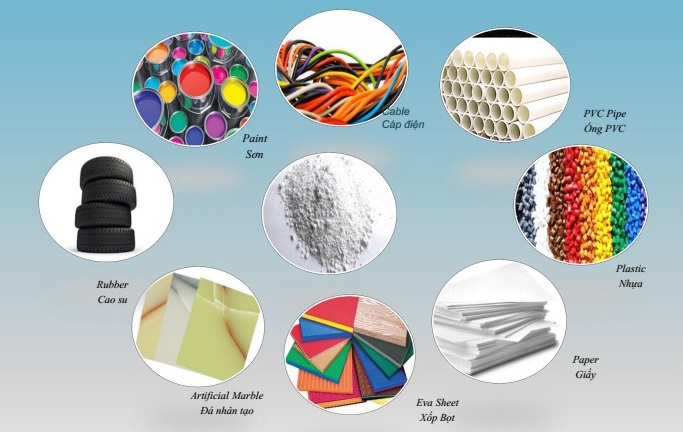Calcium carbonate
Calcium carbonate, or CaCO3, comprises more than 4% of the earth’s crust and is found throughout the world. Its most common natural forms are chalk, limestone, and marble, produced by the sedimentation of the shells of small fossilized snails, shellfish, and coral over millions of years. Although all three forms are identical in chemical terms, they differ in many other respects, including purity, whiteness, thickness and homogeneity. Calcium carbonate is one of the most useful and versatile materials known to human. Calcium carbonate, as it is used for industrial purposes, is extracted by mining or quarrying. Pure calcium carbonate can be produced from marble, or it can be prepared by passing carbon dioxide into a solution of calcium hydroxide. In the later case calcium carbonate is derived from the mixture, forming a grade of product called “precipitated calcium carbonate,” or PCC. PCC has a very fine and controlled particle size, on the order of 2 microns in diameter, particularly useful in production of paper. The other primary type of industrial product is “ground calcium carbonate,” or GCC. GCC, as the name implies, involves crushing and processing limestone to create a powdery-like form graded by size and other properties for many different industrial and pharmaceutical applications.

What is it used for ?
Agriculture
Industries
Construction and Architecture
Animal feed
Other Uses
